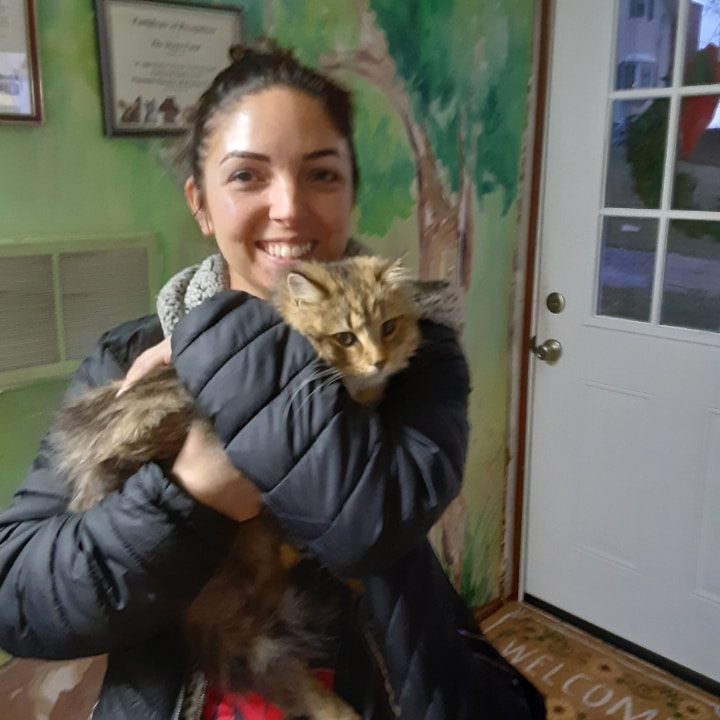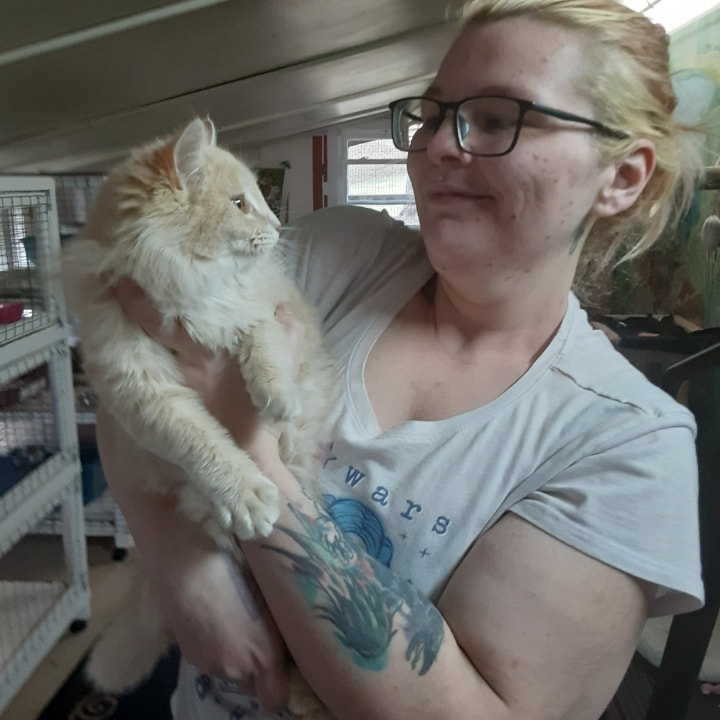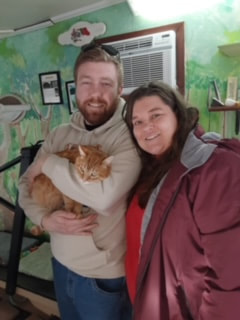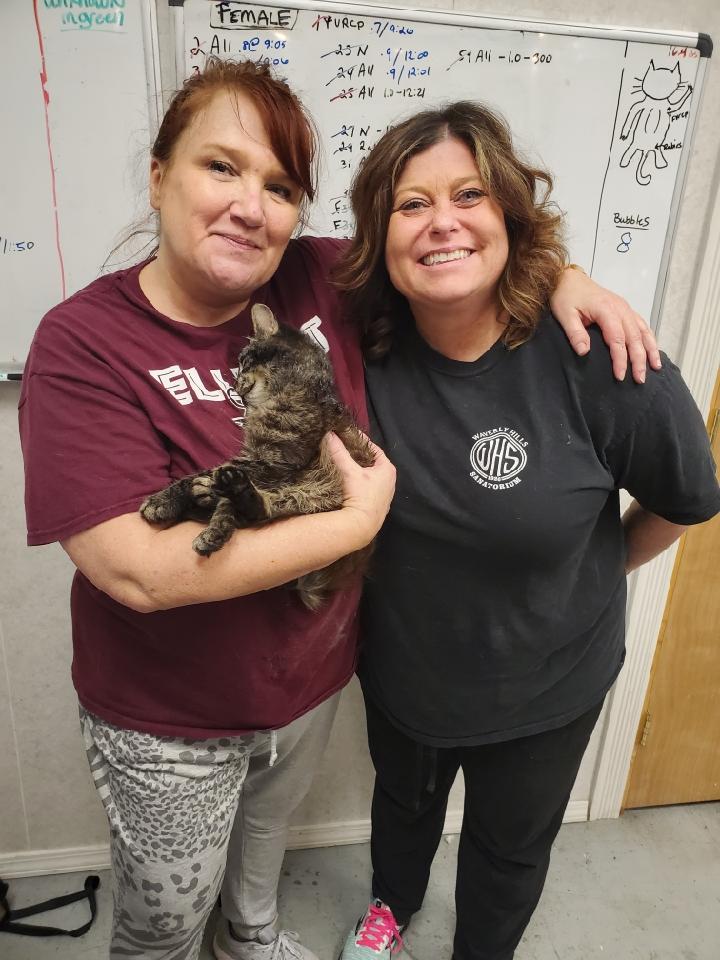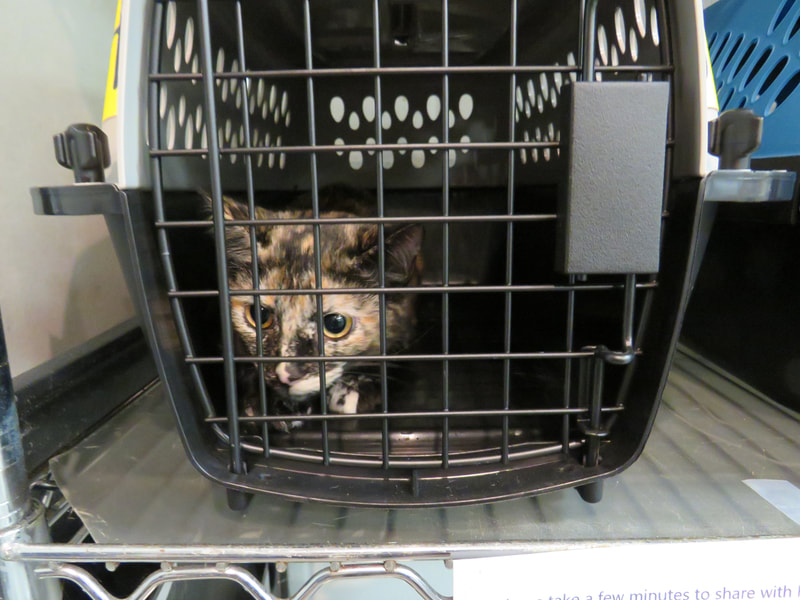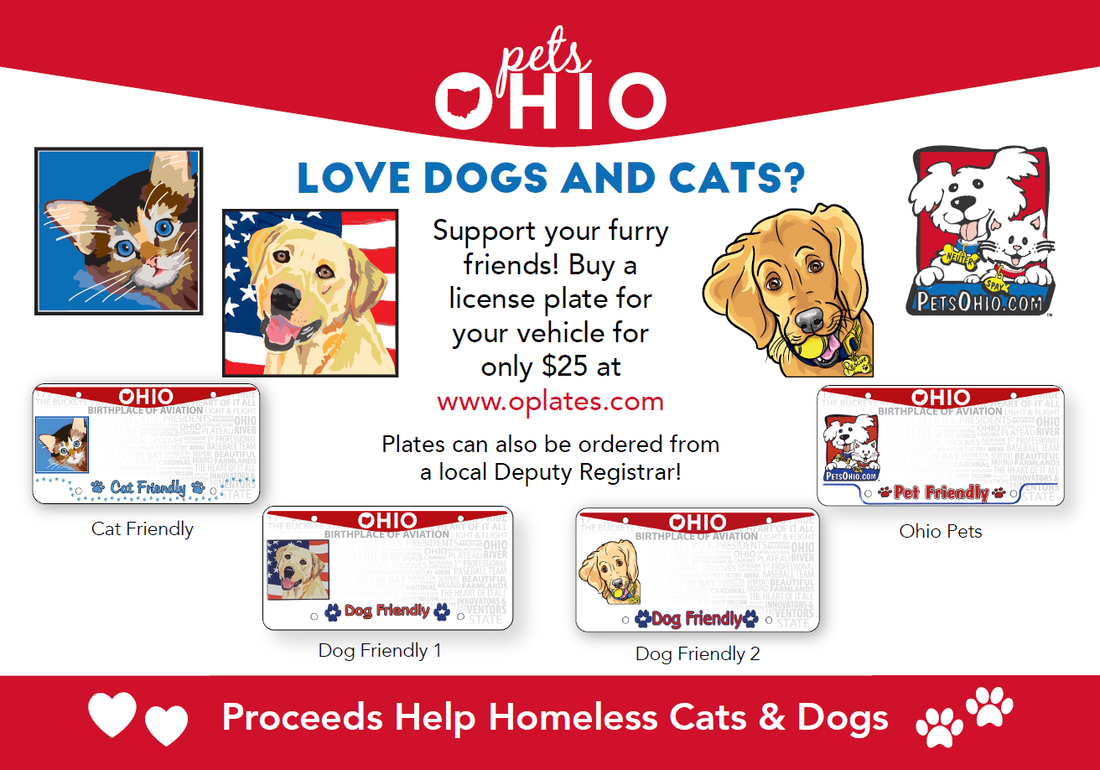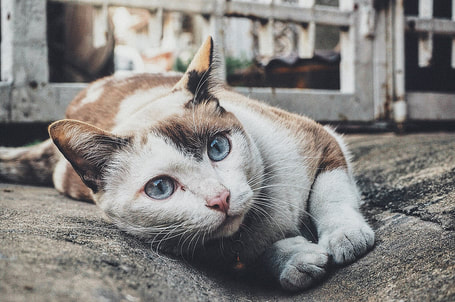|
The Humane Society of Greene County is an independent, non-profit organization, run by volunteers. |
We do not operate a shelter but all our programs are specifically designed with the goal of alleviating animal abuse and suffering throughout Greene County, Ohio. We prevent animal suffering from overpopulation through affordable spay/neuter programs
|
